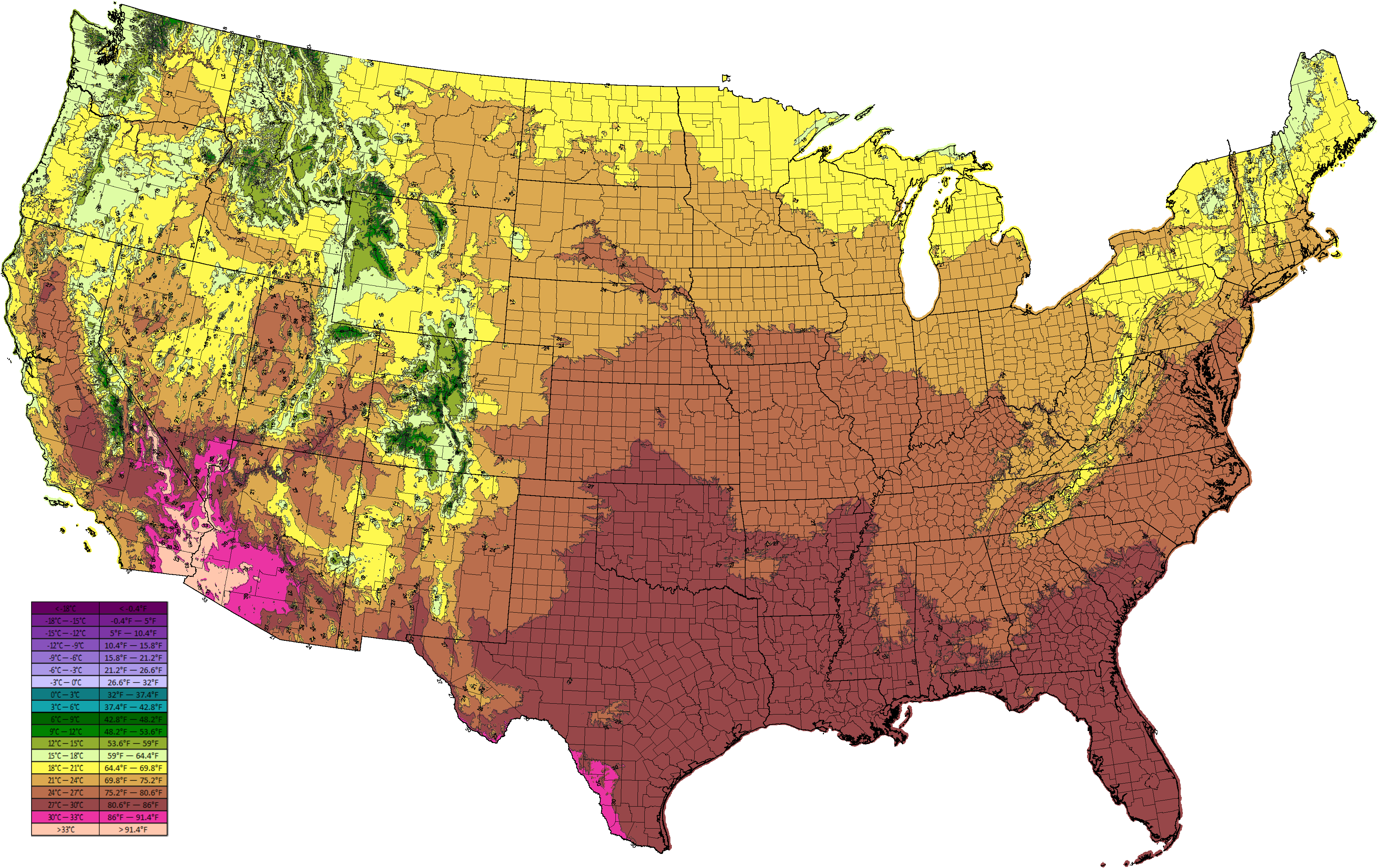
Photovoltaic Climate Zones
| Project ID | a9868d06-bd89-4f1f-85e6-7f23a476e0da |
|---|
New Photovoltaic Climate Zones Based on Environmental Stressors to Replace the Traditional Koppen-Geiger Climate Zones.
DuraMAT 1.0 Project
Central Data Resource
Category: Accelerated Testing
Recipient Lawrence Berkeley National Laboratory (PI: Karin, Todd)
Subs SNL
Status Completed
AbstractA large body of previous research indicates that climate affects photovoltaic (PV) degradation both in terms of steady power loss and hazardous failures. However, the geographic distribution of climate stressors has not yet been characterized in a systematic way. Most typically the Köppen-Geiger classification scheme is used to compare PV degradation across different climates. However, Köppen-Geiger uses temperature and rainfall to develop zones relevant for botany and lacks the ability to distinguish locations based on climate stressors more relevant to PV degradation. Prior work has shown that specific stressors, e.g. high temperature, temperature cycling, damp heat, wind stress and UV exposure, induce multiple PV degradation modes such as solder bond degradation, corrosion by moisture intrusion, wind-induced cell cracking, encapsulant discoloration and others. We introduce a climate zone classification system specific to PV, PhotoVoltaic Climate Zones (PVCZ-2019 or PVCZ) that defines zones based on the geographic distribution in PV stressor intensity. By comparison, we show that Köppen-Geiger classifies areas with very different module temperature stress into the same zone and is not ideal for understanding PV degradation. In contrast, the PVCZ scheme provides quantitative thresholds on the climate stress experienced in each zone, providing a basis for future work studying the impact of climate on PV degradation and failure.
